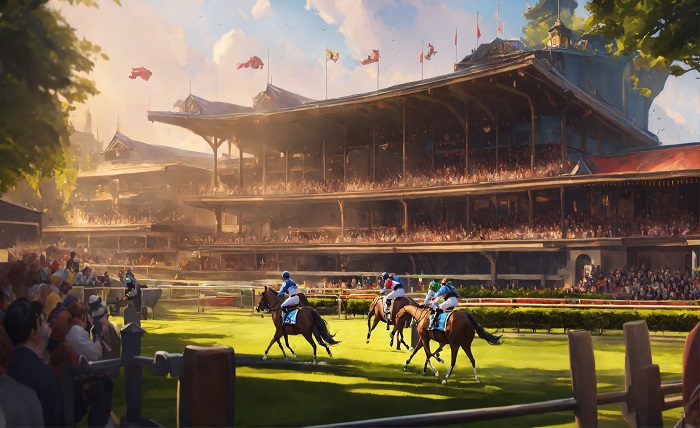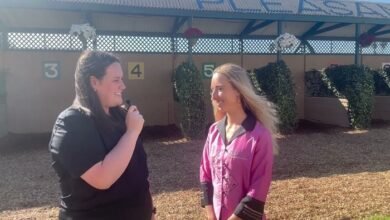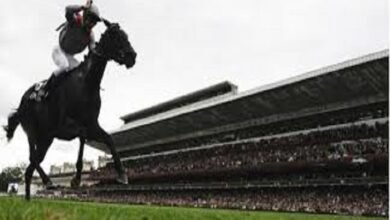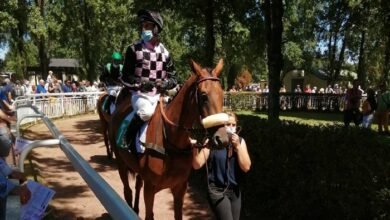Exploring the Vibrant World of 100 Burkina Turf

Introduction
Burkina Faso, known for its rich cultural heritage and dynamic landscapes, is also home to a unique and vibrant phenomenon: the “100 Burkina Turf.” This grassroots movement encompasses everything from community sports to agricultural innovations, impacting the lives of many Burkinabès. In this comprehensive guide, we delve into the ten different facets of “100 Burkina Turf,” exploring its significance and the various ways it manifests across the country.
100 Burkina Turf
“100 Burkina Turf” refers to the diverse initiatives across Burkina Faso that aim to utilize local resources and talent to foster sustainable development. From local sports clubs to agricultural fields, these efforts are central to empowering communities and promoting self-sufficiency.
The Sports Connection
Sports, particularly football, play a significant role in “100 Burkina Turf.” Local fields, often referred to as turfs, are more than just playing grounds; they are community hubs where youths gather to hone their skills, fostering both teamwork and leadership.
Agricultural Initiatives
Agriculture is a cornerstone of “100 Burkina Turf.” Innovative farming techniques and cooperative models are introduced to optimize water use and improve crop yields, supporting food security and economic stability in rural areas.
Women’s Role in “100 Burkina Turf”
Women are at the forefront of the “100 Burkina Turf,” leading initiatives that range from handicrafts to agribusiness. These projects not only boost household incomes but also elevate women’s status within their communities.
Environmental Impact
The environmental aspect of “100 Burkina Turf” is crucial. Projects focus on sustainable practices, such as afforestation and water conservation, to combat the effects of climate change and desertification in Burkina Faso.
Educational Programs
Education programs under “100 Burkina Turf” are pivotal. They aim to provide children and adults alike with the skills needed to thrive in the modern world, from literacy classes to vocational training in sustainable agriculture and technology.
Community Health Efforts
Health initiatives are an integral part of “100 Burkina Turf.” These programs address local health challenges through education, improved sanitation, and accessible healthcare services, particularly in underserved rural areas.
Cultural Preservation
“100 Burkina Turf” also emphasizes cultural preservation. By promoting traditional arts, music, and crafts, these projects ensure that Burkina Faso’s rich cultural heritage is celebrated and passed down through generations.
Technological Advancements
Innovation in technology plays a role in “100 Burkina Turf,” with local entrepreneurs and tech enthusiasts developing solutions that are tailored to meet the specific needs of their communities, from solar-powered devices to mobile apps for farmers.
The Future of “100 Burkina Turf”
Looking forward, “100 Burkina Turf” is set to expand its influence, potentially impacting not just Burkina Faso but also neighboring countries. The scalability of these projects offers a model for grassroots development throughout West Africa.
Conclusion
“100 Burkina Turf” represents a powerful movement in Burkina Faso, characterized by community-led initiatives that address local needs and challenges. As we continue to witness its evolution, the potential for these efforts to transform society is immense, promising a brighter future for all Burkinabès.
FAQs
1. What is “100 Burkina Turf”?
“100 Burkina Turf” refers to the diverse, grassroots initiatives across Burkina Faso aimed at using local resources to promote sustainable development and community empowerment.
2. How does “100 Burkina Turf” impact sports in Burkina Faso?
Sports are a major component of “100 Burkina Turf,” with local turfs acting as hubs for youth to engage in sports, particularly football, which promotes physical health and community cohesion.
3. What role do women play in “100 Burkina Turf”?
Women are key leaders in “100 Burkina Turf,” driving projects that range from crafts to agribusiness, significantly contributing to economic development and gender equality.
4. How are “100 Burkina Turf” initiatives environmentally sustainable?
“100 Burkina Turf” projects focus on sustainable practices such as efficient water use, afforestation, and conservation efforts to address environmental challenges in Burkina Faso.
5. What is the future outlook for “100 Burkina Turf”?
“100 Burkina Turf” is poised for growth, with the potential to influence not only Burkina Faso but also the broader West African region through scalable and sustainable community-led projects.



